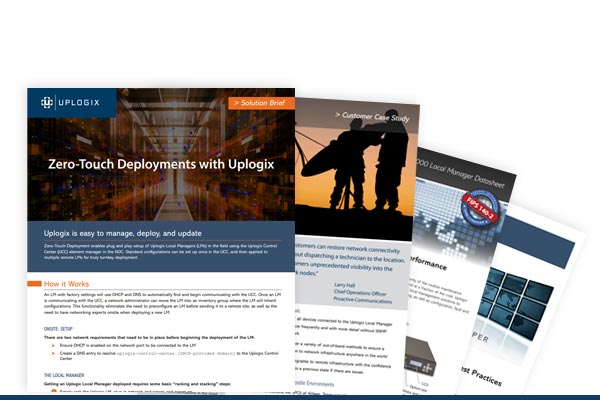Article 1 in the series, Uplogix Automation for Maritime VSAT
Maritime VSAT has many challenges beyond the requirements for fixed-position satellite communications. One is that while a ship on the ocean might have a 360-degree view of the horizon, often the limitations of antenna placement on a vessel result in blockage zones, or places that the signal is consistently disrupted.
Blockage prediction and alerting is the ability for an Uplogix appliance to monitor azimuth data from an antenna and compare it to known blockages, like a pilothouse on a ship or a derrick on a drilling platform. As the vessel approaches a blockage zone, the appliance can send messages over the network to shipboard and NOC-based monitoring tools, alerting of the pending outage. When inside the blockage zone, the appliance can automatically send a message over an out-of-band connection.
See how Blockage Zone Prediction and Alerting works:
For a service provider, this alert can let them know that the event does not require generation of a trouble ticket and will not have a negative impact on their SLAs. Currently operators receive a ticket and go through a checklist of troubleshooting steps before possibly trying to contact the vessel directly for more information. Just by not opening a trouble ticket (even with automated ticketing), providers can realize significant cost avoidance.
In addition, a captain might receive the alert so they can decide if changing the vessel’s position is an option to restore line of sight between the antenna and satellite.




